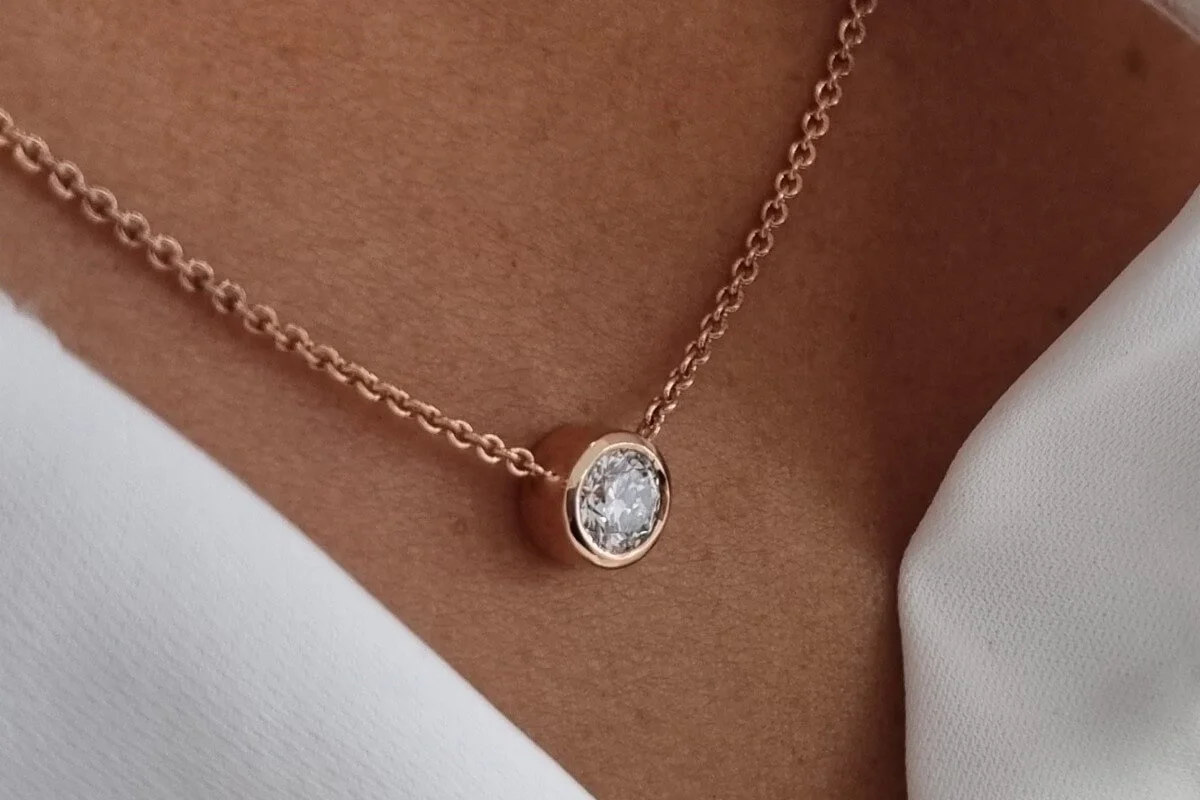Lab-Grown Diamonds: Sparkle with a Modern Touch
What Are Lab-Grown Diamonds?
Lab-grown diamonds are real diamonds—pure carbon crystals with the same dazzling look, hardness, and fire as natural stones. The only difference? Instead of forming deep underground over billions of years, lab-grown diamonds are created in a laboratory using cutting-edge technology. They’re not simulants or imitations; they’re genuine diamonds, just with a modern origin story. For clients in Kiama, the South Coast, Sydney, and Canberra, lab-grown diamonds offer an ethical and innovative option for custom-made jewellery and engagement rings.
How Are Lab-Grown Diamonds Created?
There are two main methods for creating lab-grown diamonds: High Pressure High Temperature (HPHT) and Chemical Vapour Deposition (CVD). Both start with a tiny diamond “seed.” HPHT mimics the intense pressure and heat found deep within the earth, while CVD uses a plasma of carbon-rich gases to build the diamond atom by atom. Once grown, these diamonds are cut and polished just like their natural counterparts. Thanks to recent advances, lab-grown diamonds are now available in a range of sizes and colours, perfect for bespoke jewellery and jewellery remodelling.
Colour, Value & Jewellery Uses
Lab-grown diamonds come in a variety of colours—from classic colourless to fancy hues like yellow, blue, and even pink. Advances in technology mean it’s now possible to grow large, high-quality stones that rival nature’s finest. Best of all, lab-grown diamonds are typically 30–50% less expensive than natural diamonds, making them a brilliant choice for those wanting maximum sparkle for their budget. Whether you’re after a show-stopping coloured stone engagement ring or a unique anniversary piece, lab-grown diamonds are as durable and versatile as any natural gem.
FAQs About Lab-Grown Diamonds
-
Yes! Lab-grown diamonds are chemically and physically identical to natural diamonds.
-
Not with the naked eye or standard testers—only a trained gemmologist in a lab can tell them apart.
-
Absolutely. They’re graded by the 4 Cs (cut, colour, clarity, carat) just like natural diamonds.
-
The market is still evolving. For investment, natural diamonds remain the safer bet, but lab-grown diamonds offer excellent value for those seeking beauty and ethics.
-
Definitely! Like natural diamonds, they’re incredibly hard and perfect for rings, earrings, and pendants. Just remember, all diamonds—lab-grown or natural—should be treated with care to avoid chips or knocks.
Ready to create something special with a lab-grown diamond?
Book your design consultation at our Kiama studio or online to explore your options.



